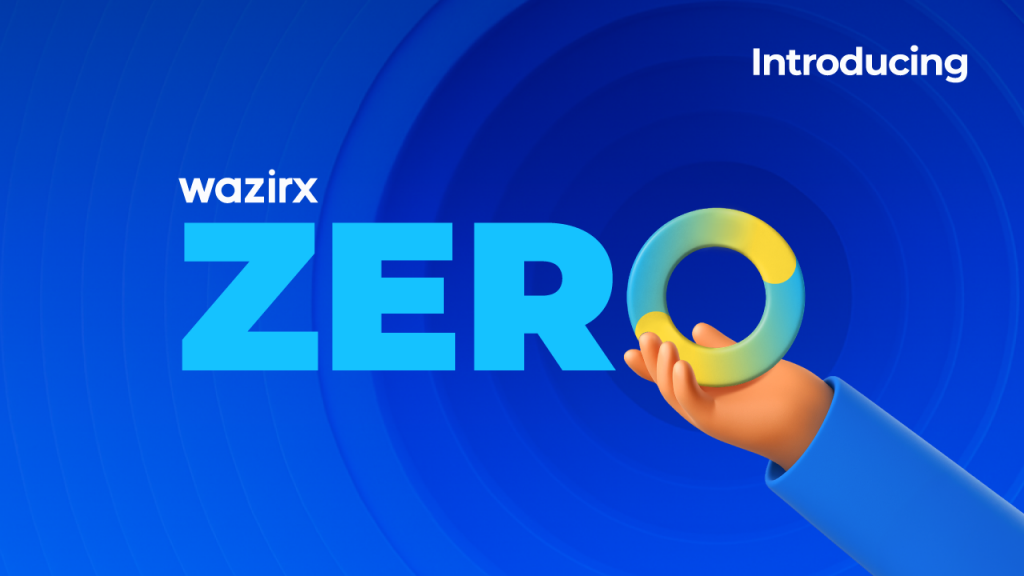
Introducing WazirX ZERO, which makes crypto trading simpler and more rewarding for every WazirX user. Pay just ₹99 & trade unlimited!
WazirX Content TeamNovember 29, 2025
 Announcements
Announcements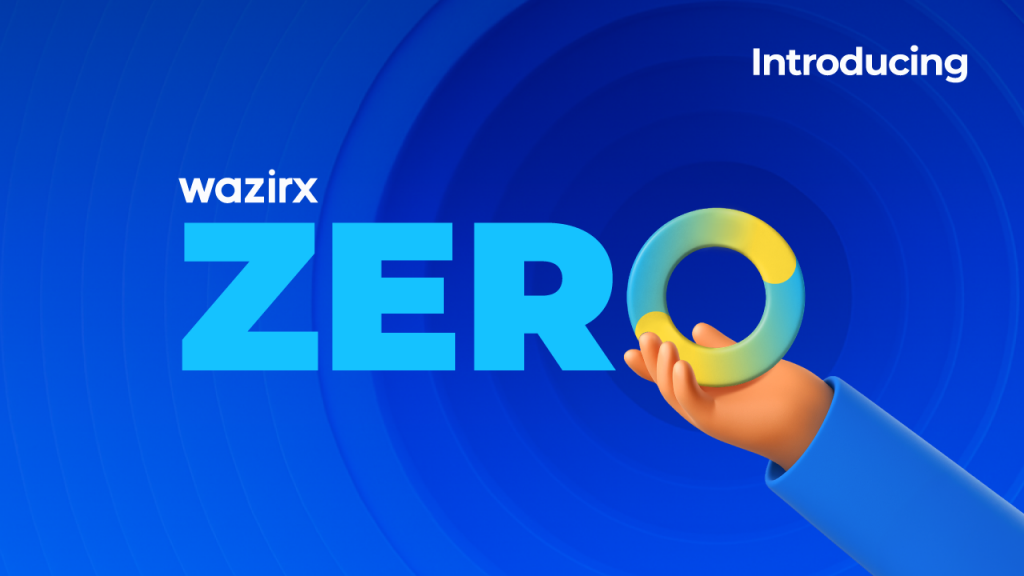 Announcements
Announcements Cryptocurrencies
Cryptocurrencies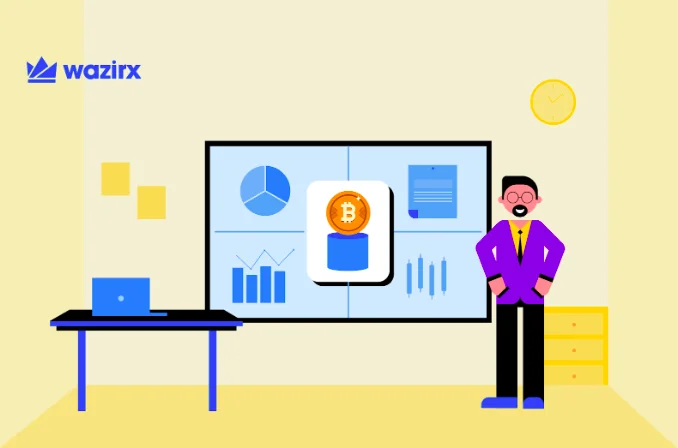 Cryptocurrencies
Cryptocurrencies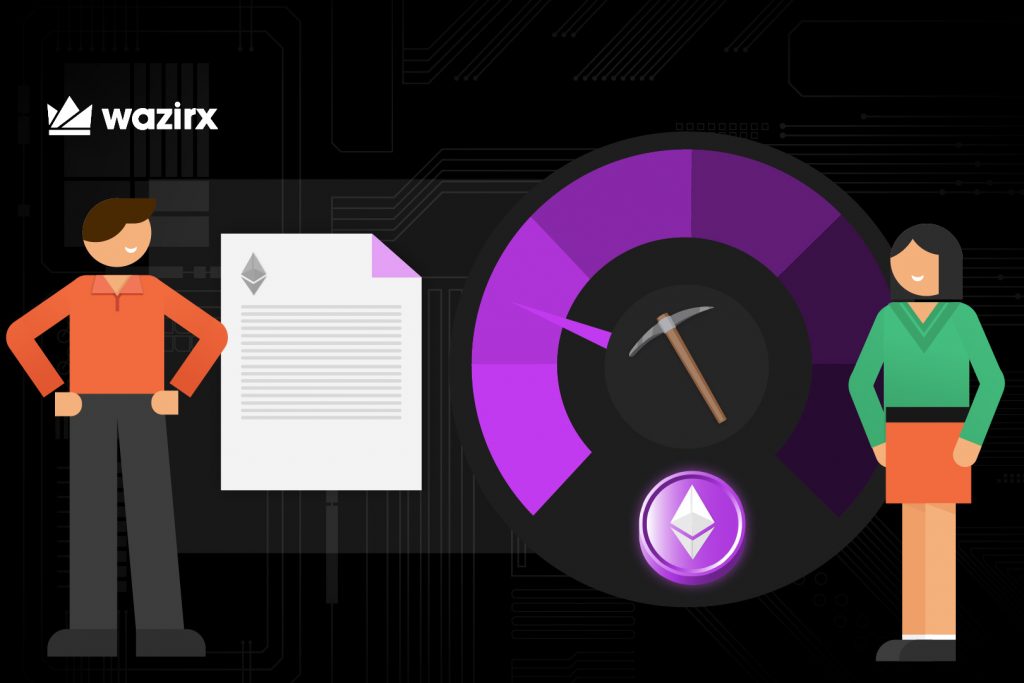 Cryptocurrencies
Cryptocurrencies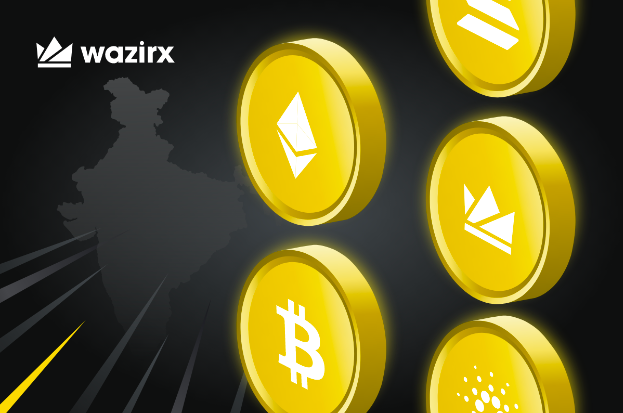 Cryptocurrencies
Cryptocurrencies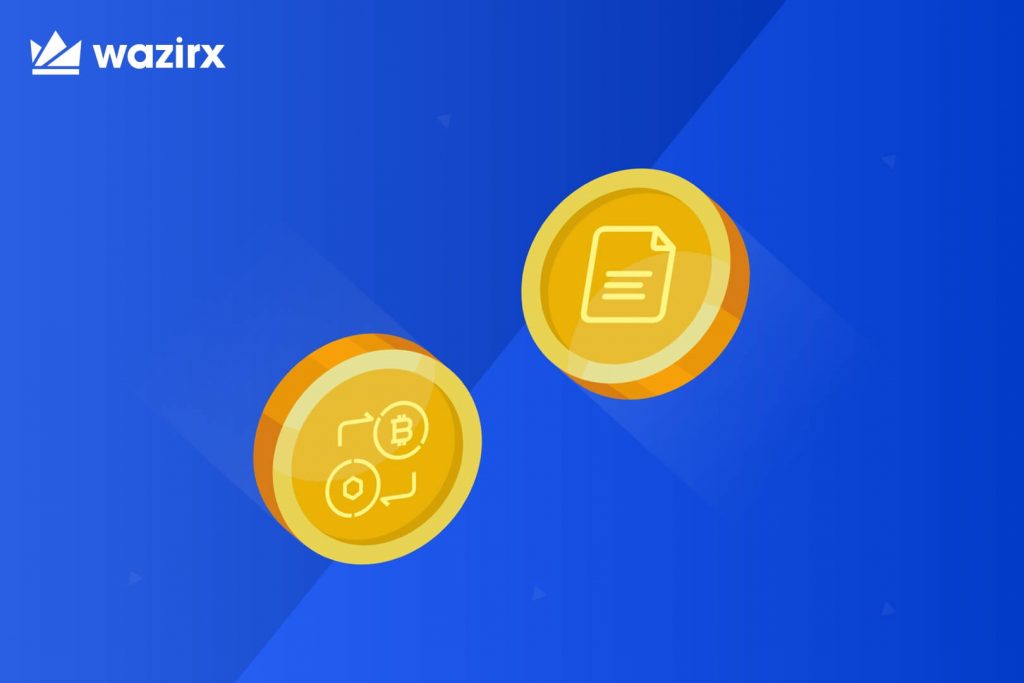 Cryptocurrencies
Cryptocurrencies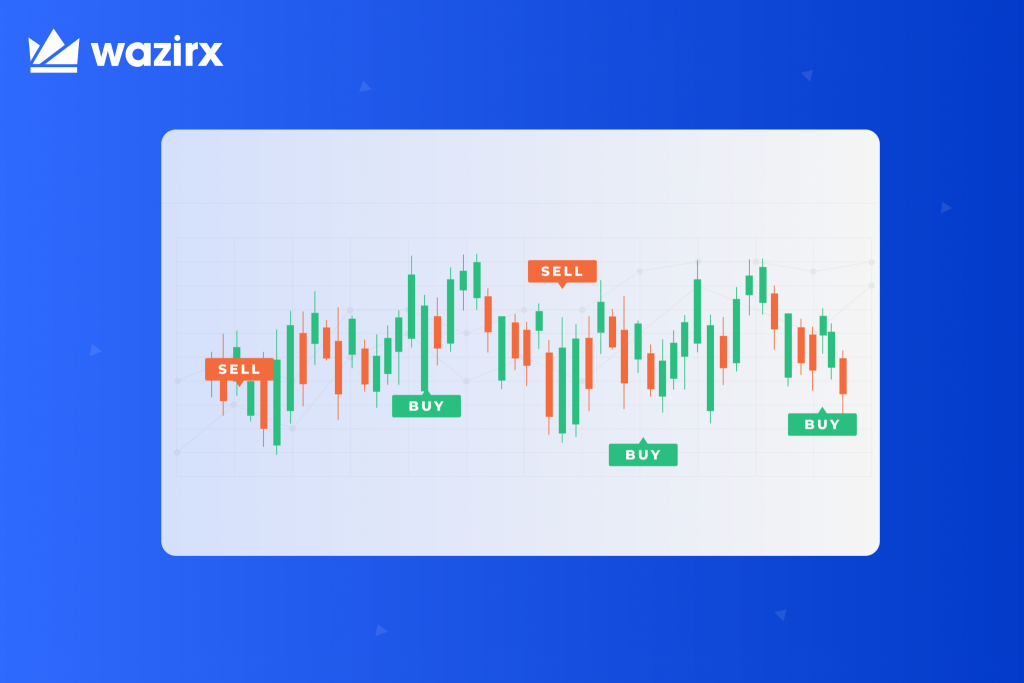 Cryptocurrencies
Cryptocurrencies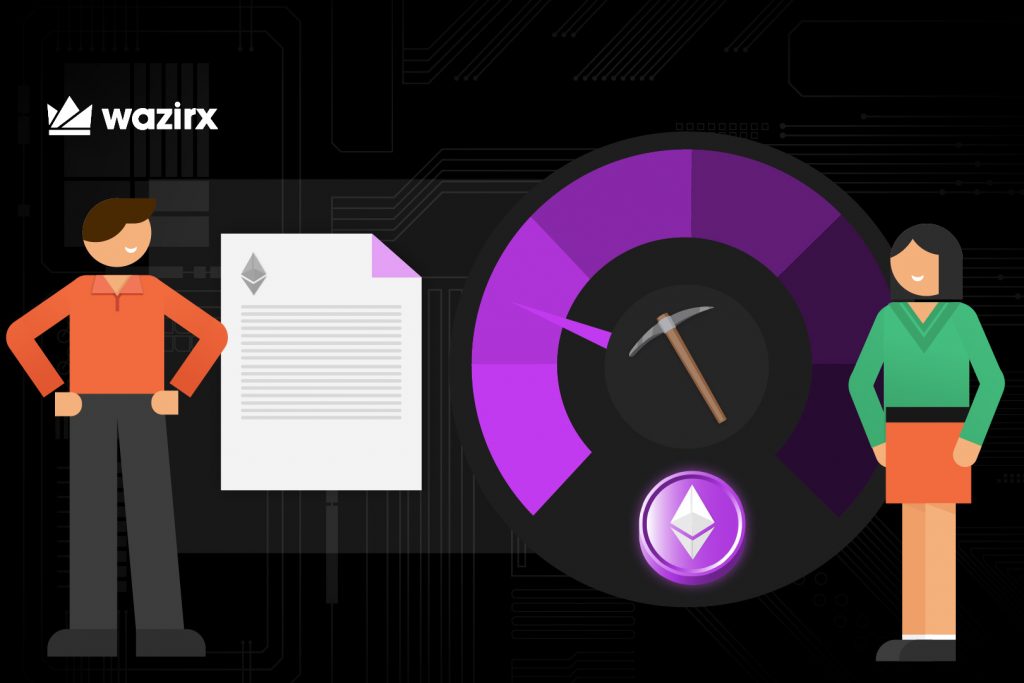 Cryptocurrencies
Cryptocurrencies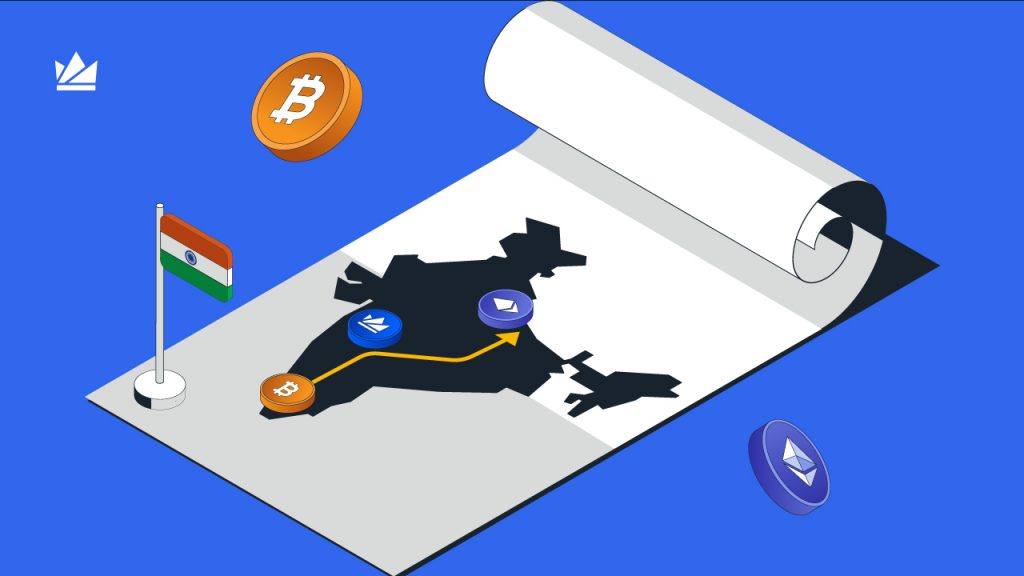 Cryptocurrencies
Cryptocurrencies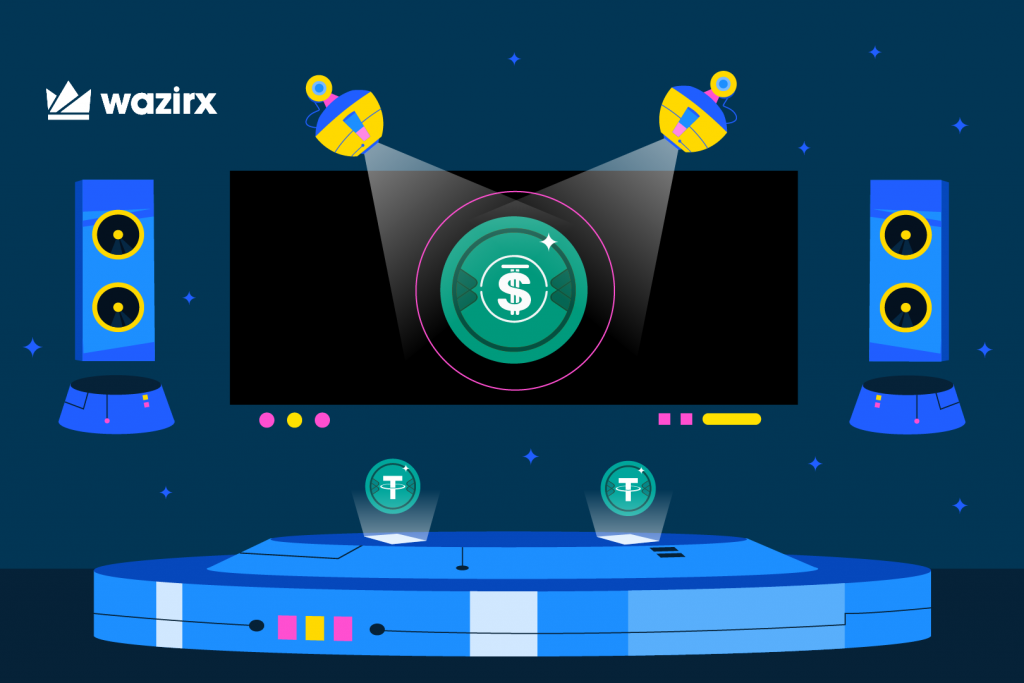 Cryptocurrencies
Cryptocurrencies

F.I.U Registered

300 +
Crypto Assets

16 Million+ Registered Users

Instituional Grade Custody By BitGo
© WazirX. All rights reserved
